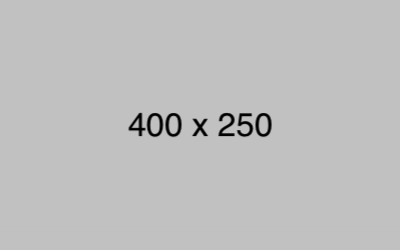Course description
In the medical field, "echo" typically refers to an echocardiogram, which is a non-invasive imaging test used to evaluate the structure and function of the heart. Echocardiography, often referred to as an "echo," utilizes sound waves (ultrasound) to create real-time images of the heart and its various components.
Key points about echocardiography include:
1. **Imaging Technique:**
Echocardiography involves using high-frequency sound waves (ultrasound) to produce images of the heart's chambers, valves, and blood flow patterns. The sound waves bounce off the heart structures and return as echoes, creating detailed images displayed on a monitor.
2. **Types of Echocardiograms:**
There are different types of echocardiograms, including transthoracic echocardiogram (TTE), transesophageal echocardiogram (TEE), stress echocardiogram, and three-dimensional (3D) echocardiogram. Each type serves specific diagnostic purposes.
3. **Diagnostic Purposes:**
Echocardiography helps diagnose and evaluate various heart conditions, such as heart valve disorders, congenital heart defects, heart muscle abnormalities, pericardial diseases, blood clots, and other cardiac issues. It provides valuable information for treatment planning.
4. **Non-Invasive and Safe:**
Echocardiograms are non-invasive and generally safe. They do not involve radiation exposure, making them a preferred imaging modality for monitoring patients, including pregnant women and children.
5. **Real-Time Monitoring:**
Echocardiography allows real-time monitoring of the heart's movement, function, and blood flow. This immediate feedback is essential for assessing cardiac performance during and after certain procedures or interventions.
6. **Guiding Interventions:**
Echocardiography is often used to guide interventional procedures, such as heart catheterizations, valve repairs or replacements, and drainage of pericardial effusions. It helps in precisely locating and assessing abnormalities.
7. **Integration with Other Tests:**
Echocardiography is often combined with other tests, such as stress tests, to comprehensively evaluate cardiac function and response to exertion or stress.
In summary, echocardiography is a valuable and widely used imaging technique in cardiology. It plays a crucial role in diagnosing and monitoring various heart conditions, providing essential information for treatment decisions and interventional procedures, all while being non-invasive and safe for patients.






